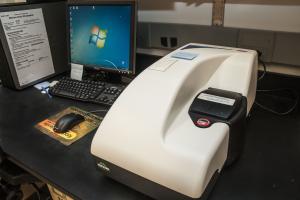

Finally, the review tries to analyze the relevance of these two techniques from translatory perspective. This review tries to address this issue while providing the fundamental principles of these techniques, summarizing the core mathematical principles and offering practical guidelines on tackling commonly encountered problems while running DLS and ZP measurements. Additionally, there is little literature available in drug delivery research which offers a simple, concise account on these techniques. As both DLS and ZP have emerged from the realms of physical colloid chemistry – it is difficult for researchers engaged in nanomedicine research to master these two techniques. Unfortunately, on practical grounds plenty of challenges exist regarding these two techniques including inadequate understanding of the operating principles and dealing with critical issues like sample preparation and interpretation of the data. The effective hydrodynamic size of particles measured by this technique can be from 0. DLS (dynamic light scattering) and ZP (zeta potential) measurements have gained popularity as simple, easy and reproducible tools to ascertain particle size and surface charge. The Malvern Zetasizer ZS90 measures the size and size distributions of particles in solution using dynamic light scattering (DLS). Determination of particle size and surface charge of NPs are indispensable for proper characterization of NPs. Adequate characterization of NPs (nanoparticles) is of paramount importance to develop well defined nanoformulations of therapeutic relevance.


 0 kommentar(er)
0 kommentar(er)
